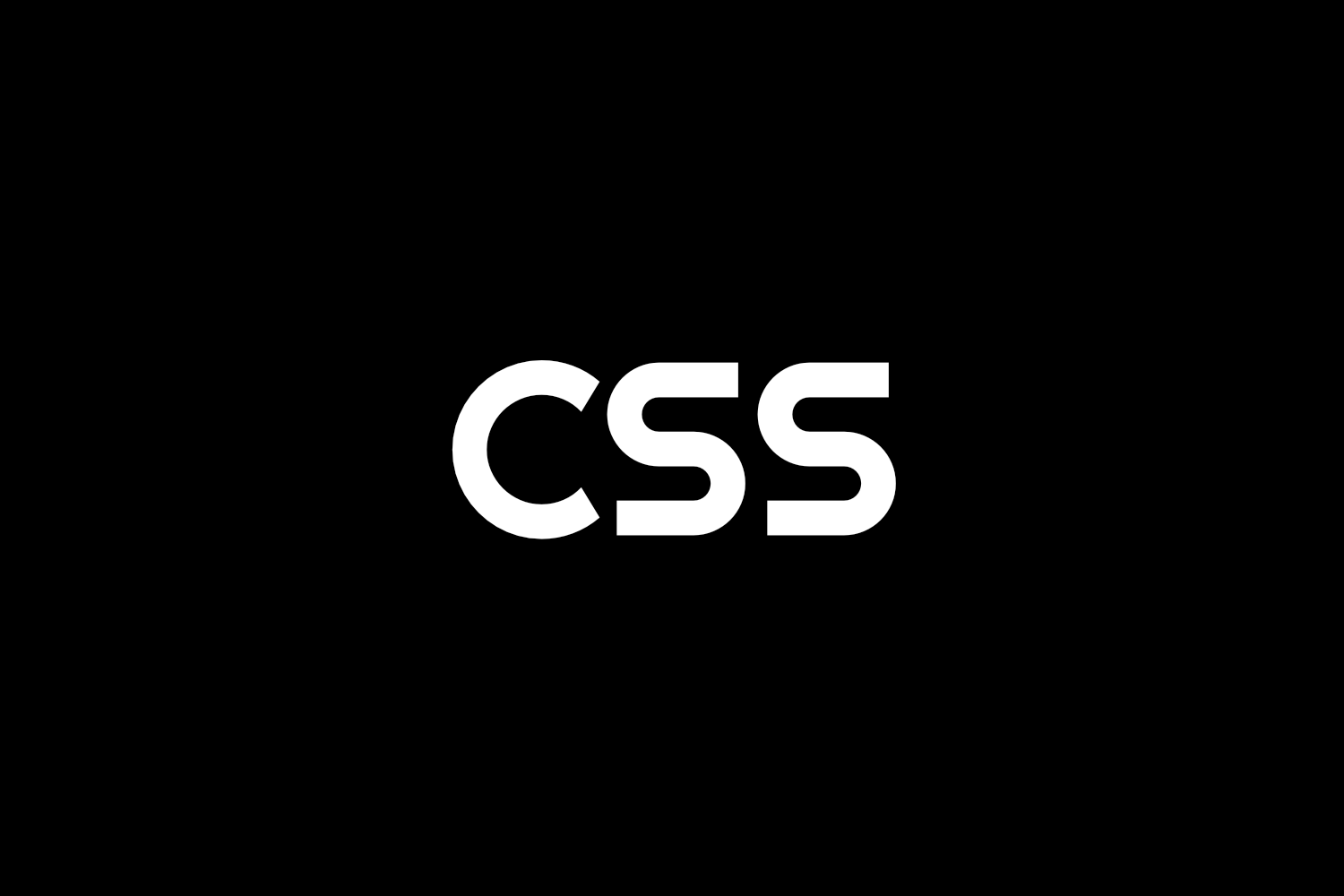CSS (Cascading Style Sheets)
CSS, short for Cascading Style Sheets, is a style sheet language used to describe the presentation of web pages written in HTML (Hypertext Markup Language). It is used to separate the content of a web page from its visual design, allowing developers to control the layout, typography, colors, and other visual elements of a website.
CSS works by selecting HTML elements and applying styles to them. This is done through a set of rules that specify how the elements should be styled. It also allows for the creation of reusable styles through the use of classes and IDs, which can be applied to multiple elements on a web page.
In modern website development, stylesheets are a critical component of web design. It is used in conjunction with HTML and JavaScript to create responsive, visually appealing, and user-friendly websites. With the rise of mobile and tablet devices, responsive web design has become increasingly important, and CSS has played a major role in making it possible. By using media queries, CSS allows web developers to create websites that adapt to different screen sizes and resolutions.
CSS has also evolved to support advanced features such as animations and transitions, which can be used to add interactivity and improve the user experience of a website. With the use of preprocessor languages such as Sass and LESS, CSS development has become more efficient and maintainable.
Overall, CSS is an essential tool for modern web development, enabling developers to create visually appealing and responsive websites that meet the needs of users on a wide range of devices and platforms.




Latest Blog Posts